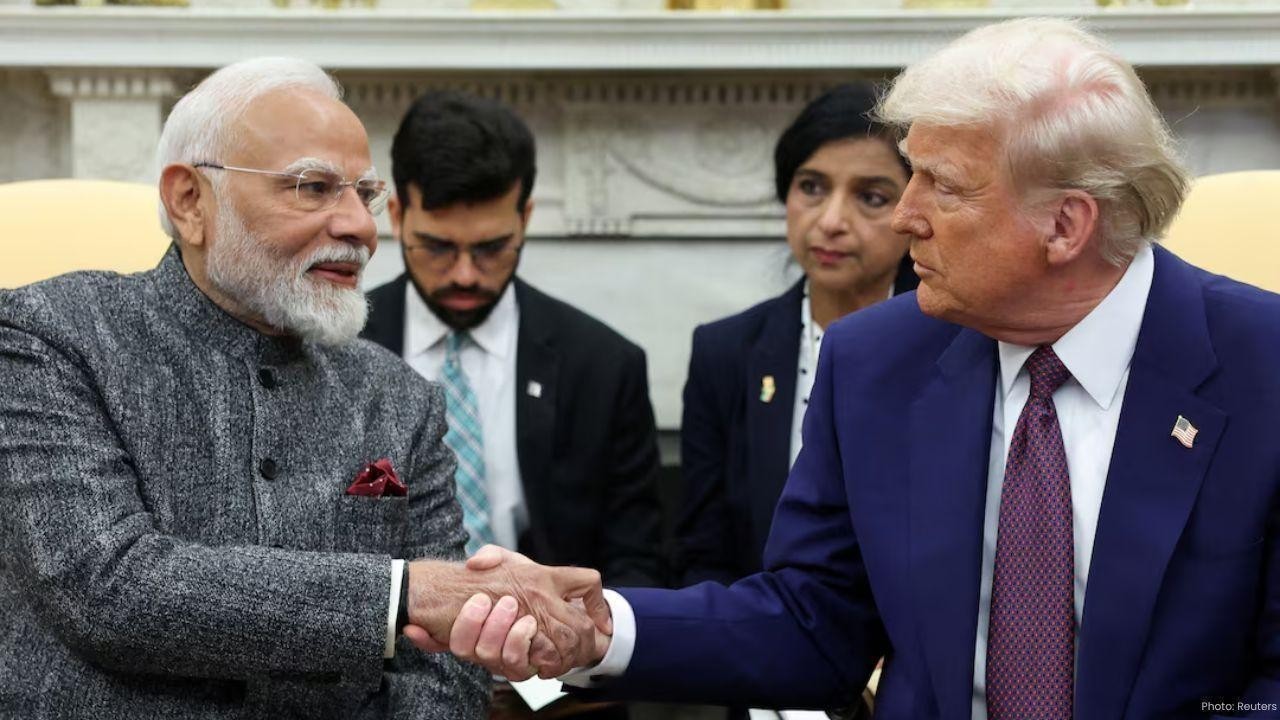
Post by : Bianca Qureshi
India is entering a tough phase in its trade relationship with the United States. According to reports, US President Donald Trump’s new plan could make Indian goods much more expensive in the American market. The US may increase tariffs (extra taxes on imports) on Indian products to as high as 50%—unless both countries reach a deal very soon.
This possible hike in duties could hurt many Indian industries, especially garments, jewellery, and chemicals, which depend heavily on the US market. If India and the US cannot solve their differences quickly, it could create serious problems for Indian exporters and the overall economy.
Stay informed with the latest news. Follow DXB News Network on WhatsApp Channel
Why Is the US Planning New Tariffs?
Tariffs are special taxes placed on goods that are brought in from other countries. The US uses tariffs to protect its own industries and to press other countries into agreeing to new trade rules.
President Trump’s administration wants India to make changes in how it trades with the US. Specifically, the US wants India to allow easier access to American farm products like dairy, cheese, and almonds. The US also has concerns about India buying large amounts of oil from Russia, especially after the Ukraine war.
If India does not agree to these requests, the US may punish India by increasing tariffs on its exports. That means goods made in India and sold in America will become more expensive, making them harder to sell.
What Has India Done So Far?
India has already taken part in five rounds of trade talks with the United States. These talks are supposed to help both sides reach an agreement that works for both countries.
However, the talks have not worked out yet. There are strong disagreements over a few issues:
Opening up Indian farm and dairy markets to American products
India’s oil purchases from Russia during the ongoing Ukraine war
Still, Indian officials are hopeful. A US trade team is expected to come to New Delhi later this month. Behind-the-scenes talks are also going on. Some sources have said that India may be willing to lower taxes on a few American farm items, such as almonds and cheese, to help move the talks forward.
But India is also being very clear about protecting its own interests.
Modi’s Strong Stand for Farmers and Fishermen
Prime Minister Narendra Modi has given a strong message that he is ready to protect the country’s farmers, fishermen, and dairy producers—even if it means India has to pay a “heavy price.” This shows that the government will not compromise on issues that affect rural India and its traditional economy.
This strong position could make it harder to find common ground with the US. However, it also shows that India is not willing to be pressured into a one-sided deal.
Oil From Russia: To Cut or Not to Cut?
India has been buying a lot more oil from Russia since the Ukraine war began. Currently, about one-third of India’s oil imports come from Russia. That’s a big increase.
But now, Indian government-owned companies like Indian Oil Corporation (IOC) and Hindustan Petroleum (HPCL) have started cutting back on these purchases. Why? Because:
Global pressure is increasing from countries like the US and Europe
Discounts on Russian oil are shrinking, making it less attractive
India has said it can get oil from other countries too—like Iraq, Saudi Arabia, and the UAE. But cutting back on cheap Russian oil could raise fuel prices inside India. That would affect everything from transportation to food prices, putting pressure on regular Indian families.
So, the Indian government has to strike a balance—keeping fuel affordable while managing international expectations.
Working With Other Countries Facing the Same Pressure
India is not the only country facing problems with the US on trade. Brazil, another member of the BRICS group (which includes Brazil, Russia, India, China, and South Africa), is also facing new American tariffs.
Brazil’s President Lula has said that he wants to speak with Prime Minister Modi and leaders of China and Russia to work out a joint response. This could lead to stronger cooperation among BRICS nations to protect their economies.
India is also trying to improve its ties with China and Russia. Recently, India’s foreign and defence ministers visited China. Prime Minister Modi is expected to visit China soon as well. Russia’s President Vladimir Putin is also planning a trip to India later this year.
These moves suggest that India might be looking to build a stronger team with other big developing countries to stand up to the US pressure.
What If Talks With the US Fail?
The United States is one of India’s biggest trade partners. In the financial year that ended in March 2025, India exported about $87 billion worth of goods to the US. These include:
Pharmaceutical drugs
Clothing and textiles
Diamonds and jewellery
Chemicals and petrochemical products
That’s nearly 2% of India’s entire economy—a big chunk. If the US increases tariffs to 50%, many of these exports might become too costly for American buyers. This could cause big losses for Indian businesses and hurt jobs in these industries.
One exception might be pharmaceutical drugs, which follow different trade rules and might still be allowed without the extra tax.
Services and Technology Also at Risk
It’s not just products that are at risk. India also earns a lot of money from services—especially software and tech services. Indian companies like Infosys, TCS, and Wipro provide services to many US clients.
Thousands of Indian professionals go to the US every year on work visas (like the H-1B visa) to work in American tech companies or for Indian firms doing business there.
If trade tensions rise, the US may start making visa rules stricter or limit outsourcing contracts. That could affect Indian IT workers and reduce income from the tech sector, which is one of India’s strongest industries.
What India Needs to Do Now
India is now walking a tightrope. On one side, it wants to continue strong trade and diplomatic ties with the US. On the other side, it wants to protect its farmers, industries, and affordable energy sources.
Here are India’s possible steps:
Continue trade talks with the US and look for a middle path
Avoid giving in on major issues like farming and dairy
Diversify oil imports to reduce dependence on any one country
Work with other countries, especially BRICS members, to resist unfair pressure
Prepare industries for possible losses in US trade by boosting exports to other markets
The coming months will be very important for India’s global trade strategy. If the talks with the US go well, both countries can continue to benefit from a strong partnership. But if they fail, India may face short-term pain in exports, jobs, and energy prices.
Still, by standing firm on its core values and exploring new partnerships, India can turn this challenge into an opportunity to build a more independent and balanced economy.
This is not just a story about taxes or tariffs. It’s about how India balances trade, diplomacy, and national interests on the world stage.

Aging Populations and Global Health: What Nations Must Do Now
With populations aging at unprecedented rates, countries worldwide face urgent challenges in healthc

NEO: The $20,000 Humanoid Robot Ready to Enter Your Home
NEO by 1X Technologies promises to bring humanoid robots into everyday homes with advanced AI, human

Adyen Beats Q3 Forecasts with 23% Revenue Growth
Dutch payments firm Adyen posts 23% Q3 revenue growth, outpacing forecasts, as strong retail activit

Yandex Q3 Revenue Soars 32% as Profits Hit Record High
Yandex posts a 32% jump in Q3 revenue, crossing 1 trillion roubles in nine-month earnings for the fi

OpenAI’s Microsoft deal simplifies funding, says CFO
OpenAI CFO Sarah Friar says the company’s new deal with Microsoft will make future fundraising simpl

UAE, EU Leaders Call for Sustained Gaza Ceasefire and Stronger Ties
UAE and EU leaders urge continued Gaza ceasefire, stronger diplomacy, and progress on CEPA trade dea

HDFC Bank Faces Scrutiny in Dubai Over Compliance Lapses
Dubai’s financial regulator halts HDFC Bank’s new client onboarding after compliance issues and bond

Mitchell Marsh Backs Aggressive Plan Ahead of India T20 Series
Australia captain Mitchell Marsh says his team will continue playing fearless cricket as they prepar

Smriti Mandhana Becomes World’s No.1 ODI Batter
India’s Smriti Mandhana rises to No.1 in ICC Women’s ODI rankings with a career-best rating of 828 a
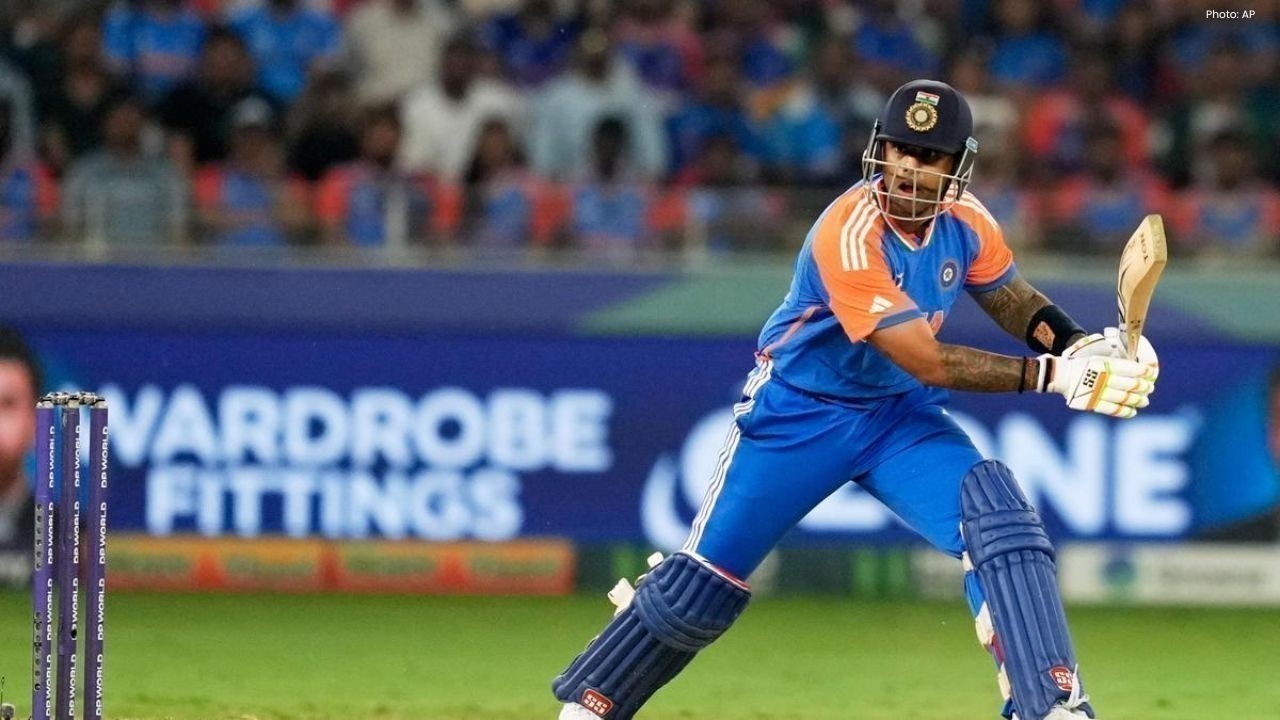
Suryakumar Yadav Focuses on Team Spirit and Fielding Goals
India captain Suryakumar Yadav stresses teamwork, energy, and stronger fielding efforts ahead of the
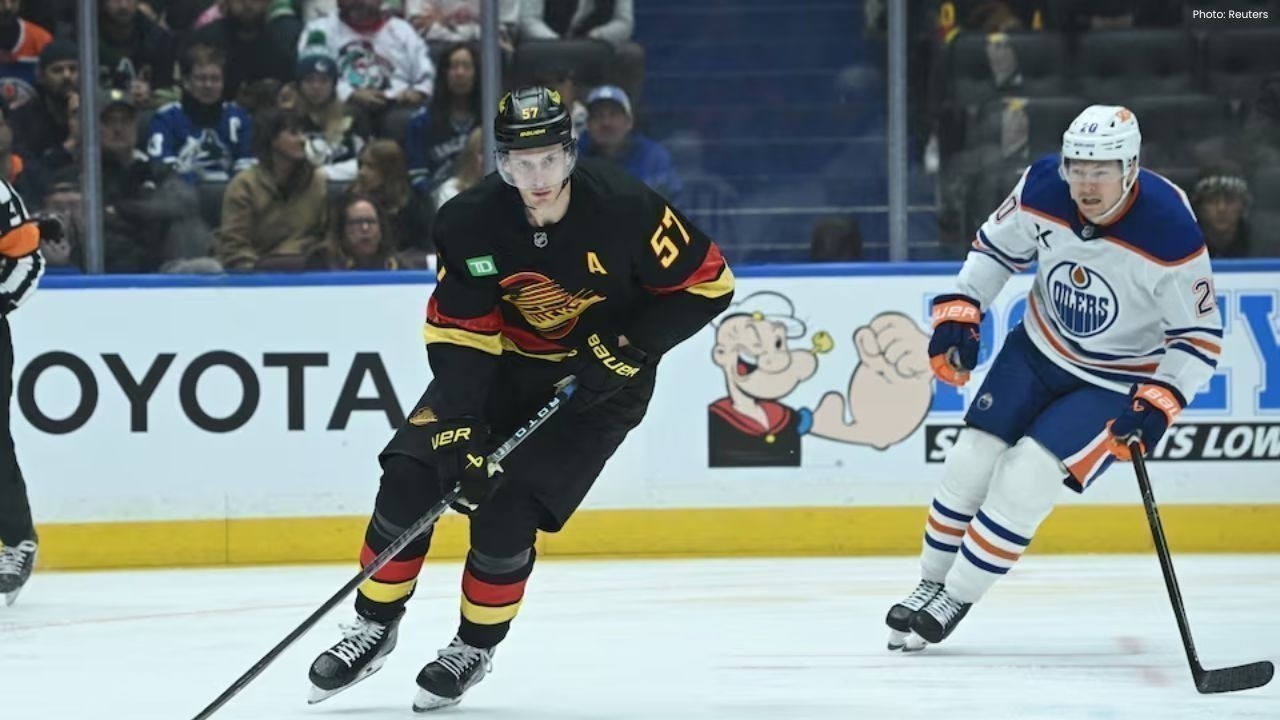
Sherwood Leads Canucks to Overtime Win Against Oilers
Kiefer Sherwood scored twice, including an overtime winner, as Vancouver Canucks defeated Edmonton O

Freeman Leads Dodgers to 6-5 Thriller Over Blue Jays
Freddie Freeman’s 18th-inning walk-off homer gives the Dodgers a thrilling 6-5 win over the Blue Jay

Bayern Target Another Victory in German Cup Match
Bayern Munich look to continue their perfect start to the season with a German Cup clash against Col
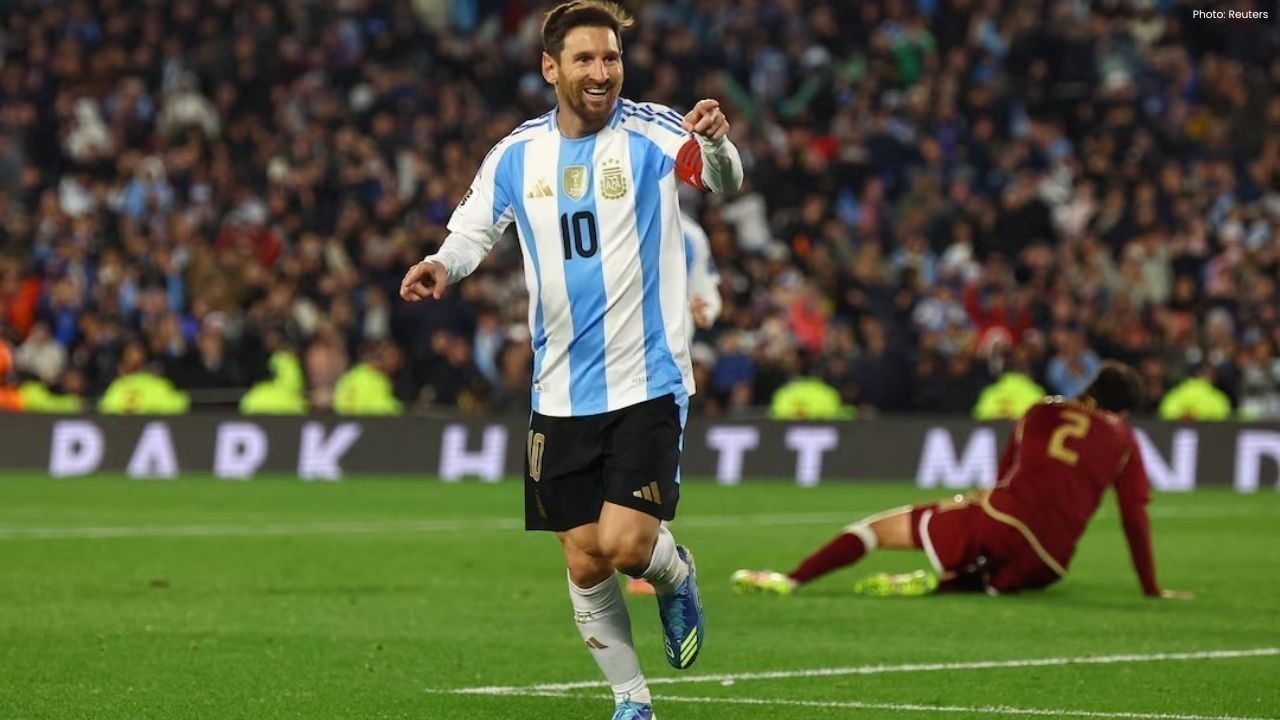
Lionel Messi Aims for 2026 World Cup with Argentina
Lionel Messi hopes to play in the 2026 FIFA World Cup but says his final decision will depend on fit
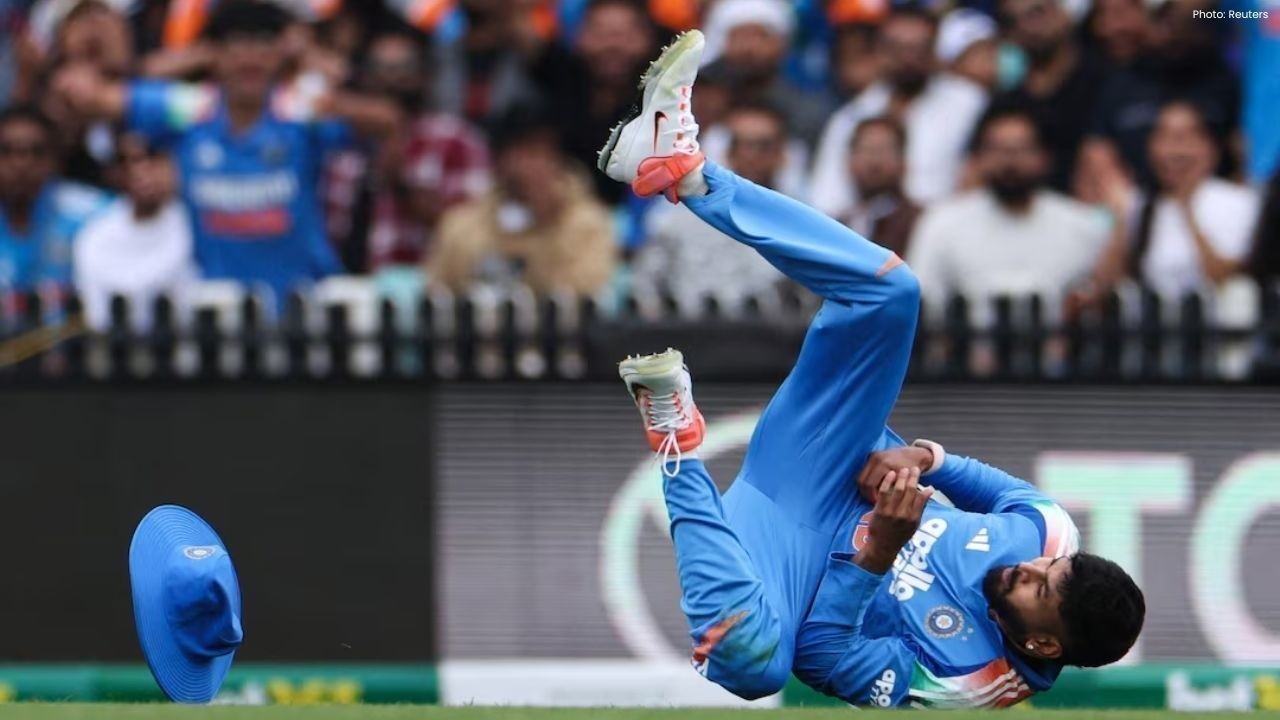
Suryakumar Shares Update on Shreyas Iyer’s Health Recovery
India’s T20I captain Suryakumar Yadav confirmed Shreyas Iyer is stable and recovering after a spleen